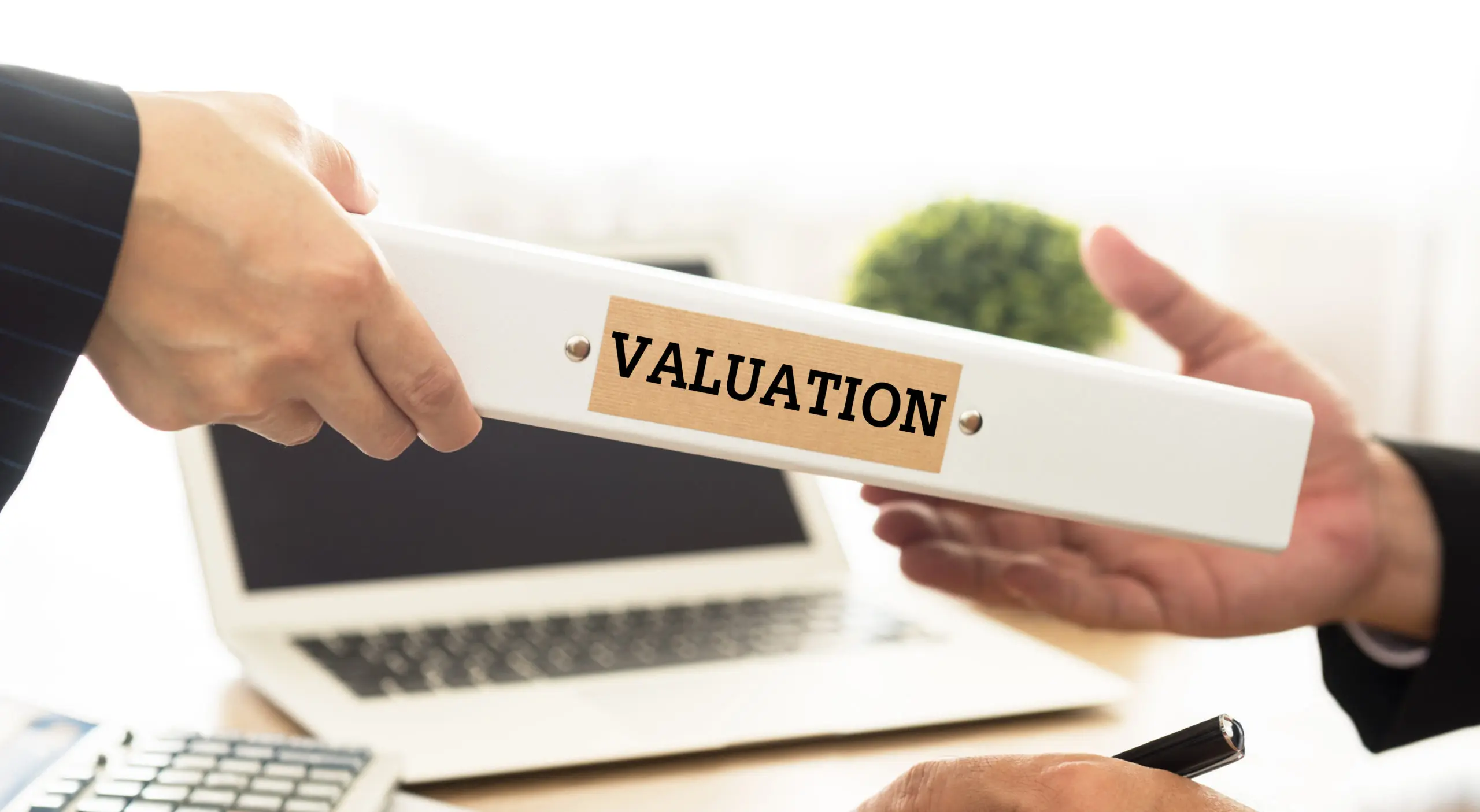
Every year your Self-Directed IRA custodian reports the value of the assets in your account to the IRS. Accomplishing this requires the account holder to provide a current market valuation of retirement account assets to them.
When you own publicly traded stocks and bonds, you do not need to provide a valuation, as the value of these assets is shown through the stock market. When you invest in alternative assets (like real estate, loans, or syndications) the current market value of these assets is not apparent. These types of assets require an independent valuation in order to establish current market value.
IRA custodians do not perform these valuations as it is a duty outside their wheelhouse. As a result, the account holder needs to retain the services of an independent, third-party valuator. The valuation cannot be completed by a prohibited party to the account holder.
Required Minimum Distributions
When the time comes for an account holder to take a Required Minimum Distribution (RMD), it is essential these valuations be done early enough to take the RMD by the end of the year. If the year-end deadline is missed it means a 50% tax penalty of the amount of the RMD. The IRS publishes a worksheet so you can determine the amount of your RMD and you will find that HERE.
Roth Conversions
A Roth Conversion of a non-cash asset like real estate or a Private Placement requires the current market value of the asset must be determined prior to conversion.
Failed Assets
With investment comes risk and your Self-Directed IRA investment could fail. If your account holds a failed asset, you must provide documentation completed by a competent valuator to have the asset value zeroed-out in your account.
An asset cannot be shown to have a zero value simply because the account holder states this to their custodian. If you close your account without documenting the zero value, you will receive a 1099R on the last known value of the asset. Form 1099-R is used to report the distribution of retirement benefits such as pensions and annuities. You should receive a copy of Form 1099-R, or some variation, if you received a distribution of $10 or more from your retirement plan. Then, you will most likely pay income tax on that amount. If you are under the age of 59 ½, you could also owe 10% early distribution penalty.
Different asset classes require different methods of valuation.
Real estate property can be appraised by a licensed real estate appraiser. In some cases, a real estate brokers opinion letter, AVM valuation or the county’s assessed value can be used.
For notes and mortgage loans the current principal amount of the loan must be provided. IRA custodians are not loan servicers and do not determine the current principal of the loan.
With syndications and Private Placements, you would work with the syndicator to determine current market value. A periodic statement or letter from the manager on the company letterhead will suffice. The manager cannot be yourself or a disqualified person to your IRA.
If the value of the asset has not changed, the account holder is still required to provide a valuation.
The topic of IRA asset valuation is being discussed in Washington, DC so watch this blog for any updates.
Valuations must be paid for via the IRA not personal funds. You should always discuss these issues with your own tax and/or legal advisor.
If you have questions about this or any other topic, free to contact us at 866-447-6598 or email us at info@uDirectIRA.com. You can access the uDirect IRA Services valuation form HERE

